Inside: Avoid these nine common minimalism mistakes and save yourself time, money, and energy on your journey to live more simply.
Minimalism has become a popular lifestyle choice for those looking to cut back on clutter, reduce stress, and eliminate unnecessary distractions. By focusing on what truly matters, minimalism offers us a pathway to a more intentional and meaningful life.
However, the journey to embracing a more minimalist life isn’t always as straightforward as it should be. It’s easy to overcomplicate the process and make mistakes along the way that can set us back on our quest for a more simplified life.
While minimalism can be liberating, it’s important to approach it with care and intention. Rushing the process of adopting a more minimalist life or following trends without understanding why can leave you disappointed and set you back in your journey.
By focusing on simplifying your life in a way that aligns with your values and priorities, instead of thinking you must follow rigid rules or expectations, you can achieve your goals in a sustainable, long-term way.

9 Common Minimalism Mistakes for a Simplified Life
If you’re looking to embrace a little more minimalism in your life, here are some common mistakes you should avoid:
1 – Decluttering Too Quickly
The excitement of adopting a more minimalist life can lead to a big decluttering mistake – taking on too much at once. While it might feel liberating to purge your belongings in one big swoop, this approach can be overwhelming and ultimately counterproductive.
Instead, take a slower approach. Start with one small area, like a single drawer or shelf, and gradually expand as you build confidence.
Consider adopting a tried-and-true decluttering strategy and making a long-term plan to tackle your home instead of attempting to do everything at once.
Taking your time allows for more thoughtful decisions, ensuring you keep what truly matters, and prevents overwhelm.
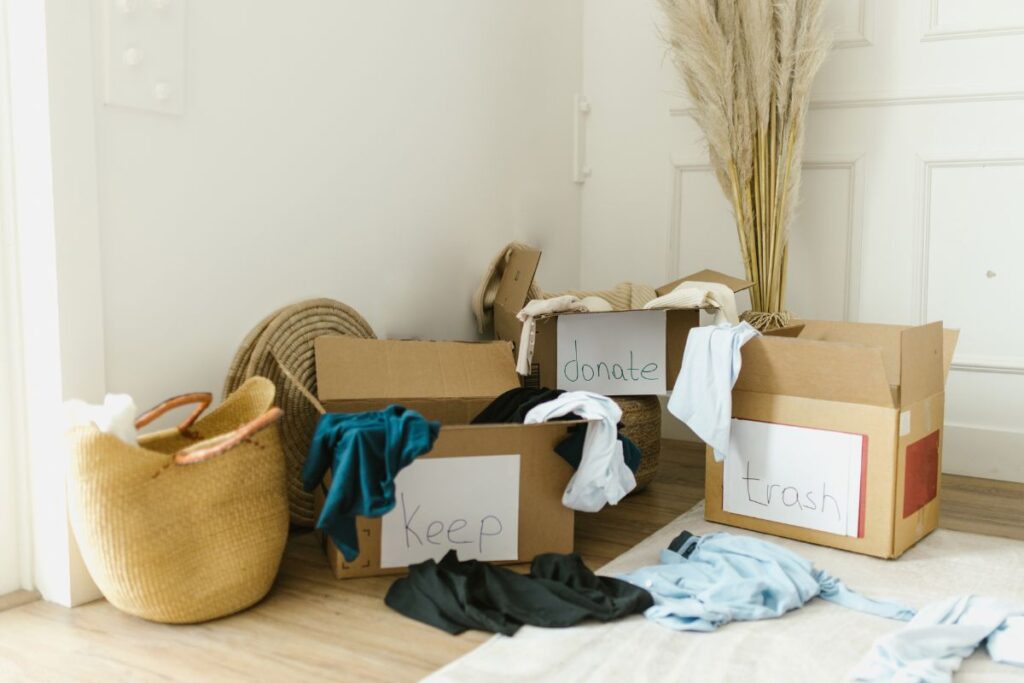
2 – Focusing Only on Physical Clutter
Minimalism is often associated with decluttering physical possessions, but that’s just the beginning.
Mental, digital, and emotional clutter can be equally draining and just as important to address in your quest to do more with less.
Neglecting these areas might leave you feeling overwhelmed even after you’ve cleared out the physical clutter in your life.
Unsubscribing from unnecessary emails, setting boundaries with your time, and practicing mindfulness are effective ways to clear mental and digital clutter.
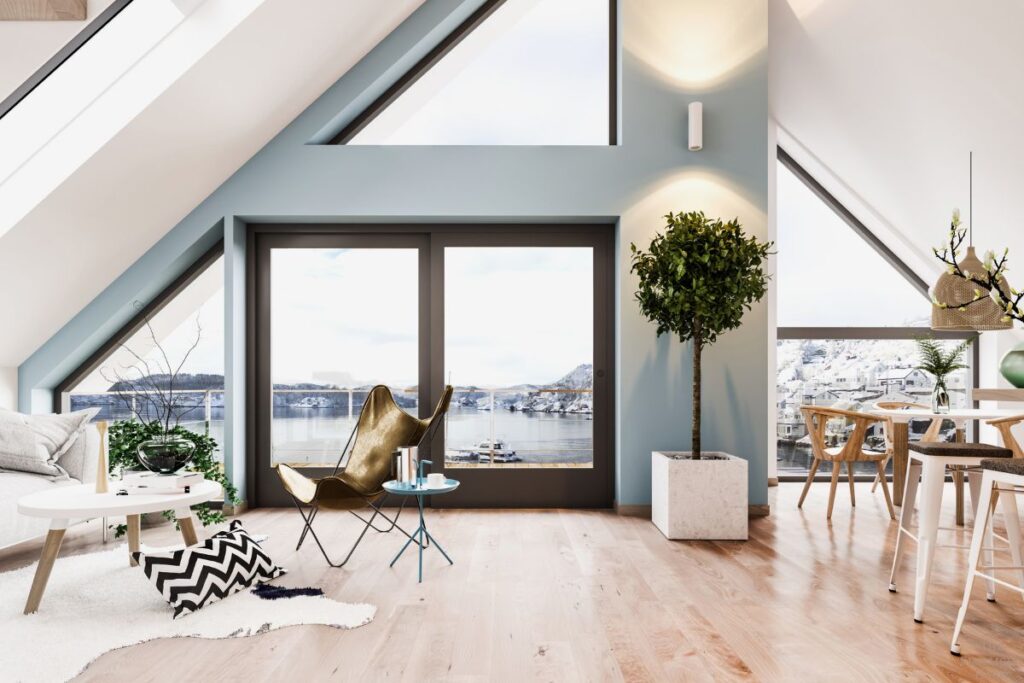
3 – Being Guided by Trends Instead of Values
Minimalism isn’t a one-size-fits-all lifestyle.
Many people fall into the trap of mimicking popular minimalist aesthetics, like owning all-white furniture or creating capsule wardrobes, without considering their personal needs and values.
Minimalism should reflect who you are, not what social media is praising as the latest trend.
Take some time to understand your “why” for embracing minimalism, and use it as a guide to make intentional decisions that align with what’s meaningful to you.
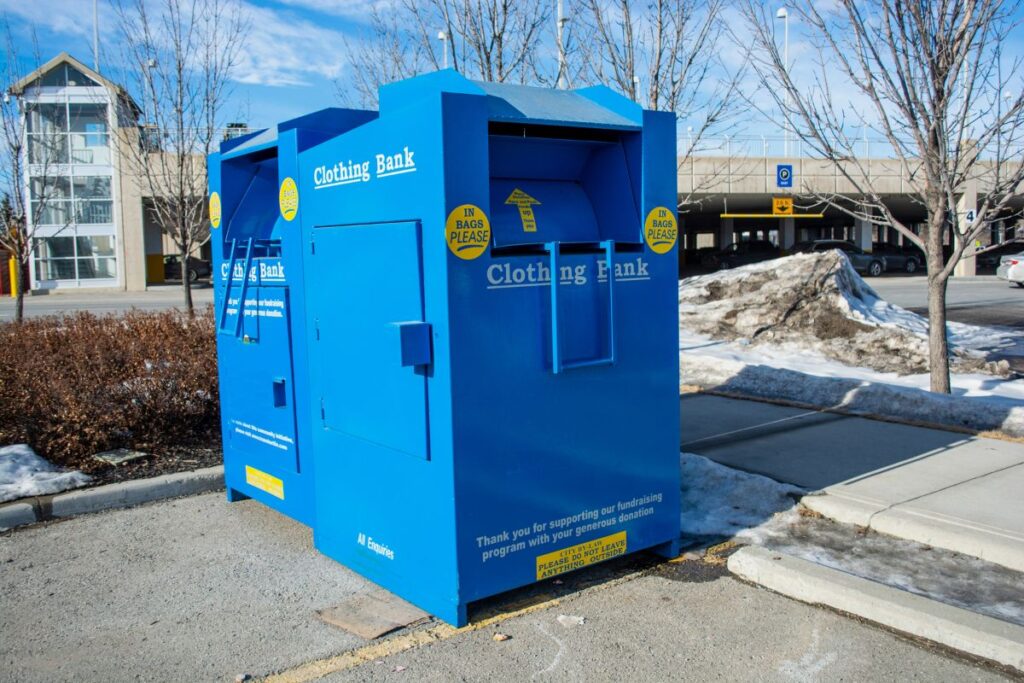
4 – Throwing Things Away Instead of Donating or Recycling
In the rush to declutter, some people discard items irresponsibly, contributing to environmental waste.
Minimalism isn’t just about owning less; it’s about being thoughtful in how you let go of possessions.
Donating usable items to charity, recycling whenever possible, and disposing of belongings responsibly are easy and effective ways to be environmentally conscious as you pursue a more minimalist life.
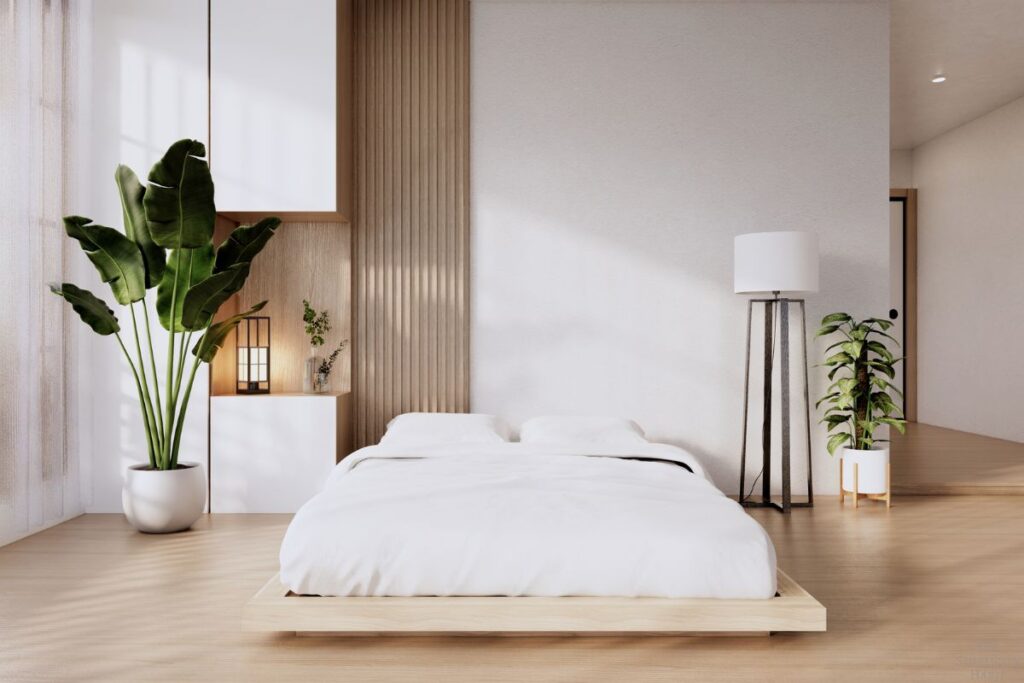
5 – Mistaking Minimalism for Deprivation
Despite what some might think, minimalism isn’t about living with as little as possible; it’s about keeping what adds value to your life.
Many people mistakenly equate minimalism with deprivation, leading to a slimmed-down lifestyle that feels restrictive rather than liberating.
As you embark on your minimalism journey, it’s important to know that it’s OK to keep items that bring you joy, are functional, or hold sentimental value – even if they don’t necessarily fit with your ideal aesthetic or concept of what minimalism should be.
Remember, minimalism is about quality over quantity, not sacrificing comfort or happiness.

6 – Not Understanding What “Enough” Means
Without a clear understanding of what “enough” looks like for you, it’s easy to fall into the trap of constant decluttering or over-purchasing under the guise of “minimalist essentials.”
Defining “enough” requires self-reflection and honesty about your needs and priorities. For example, when you consider your wardrobe, ask yourself, “How many outfits do I realistically need for my lifestyle?”
In the kitchen, “Which utensils and appliances do I use regularly?” By identifying these boundaries, you’ll prevent unnecessary purchases and avoid the cycle of re-cluttering.
And know that the concept of “enough” extends beyond your possessions to things like your time and your relationships.
How much time do you need for self-care? Which relationships bring you value and joy?
Knowing what “enough” looks like for you can ensure your personal take on minimalism is sustainable and aligned with your values. And if minimalism doesn’t feel like it’s for you, focus on simplicity instead.
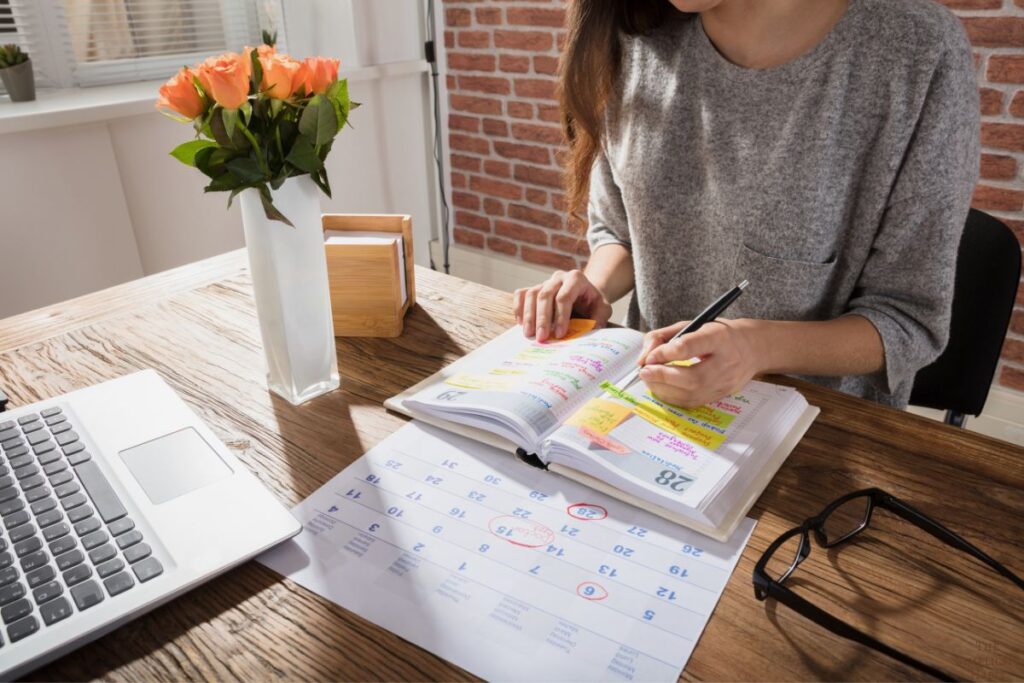
7 – Overloading Your Schedule
Minimalism extends beyond physical possessions to how you spend your time. It’s easy to focus so much on decluttering that you neglect to simplify your commitments, which can leave you feeling overwhelmed and stressed.
Learning to say “no” might come as a challenge, but it’s a critical component to embracing minimalism in all aspects of your life.
Review your calendar regularly and eliminate activities or obligations that don’t align with your priorities, creating more space for what truly matters.

8 – Buying “Minimalist” Products
It’s pretty ironic, but the minimalist lifestyle can sometimes lead to more consumption.
Companies market “minimalist” products like sleek furniture or trendy storage solutions that promise simplicity but often lead to unnecessary spending.
As a rule of thumb, you should avoid buying new items unless they’re absolutely necessary, and instead use what you already have while prioritizing functionality over aesthetics.
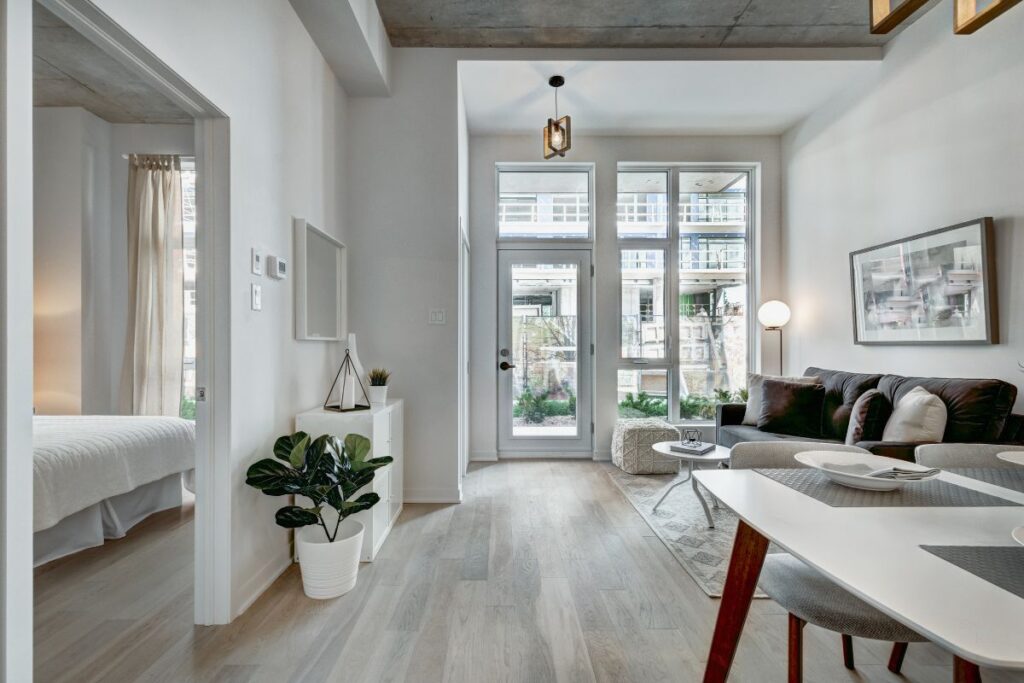
9 – Expecting Perfection
Minimalism isn’t about achieving a perfect, clutter-free home or life – and setting that expectation for yourself can quickly lead to frustration and feelings of failure.
Life is inherently a little bit messy and unpredictable. Instead of striving for an idealized version of minimalism, focus on progress and practicality. Imperfect simplicity is a great goal.
Embrace imperfection by recognizing that minimalism looks different for everyone. It’s all about finding balance, not adhering to strict standards set by someone else.
Celebrate the little wins, like cleaning off a shelf or spending an afternoon without digital distractions, and view them as steps towards your larger goals.
Acknowledge that setbacks are part of the process, give yourself grace to adapt and grow, and remember the beauty of minimalism lies in its flexibility to evolve with your needs and values over time.
Which of these common minimalism mistakes do you find most challenging? Leave a comment and let me know!
Sign up on the form below to get weekly decluttering tips and inspiration sent straight to your inbox. You’ll also get the free 5 Areas to Declutter in 10 Minutes Checklist to help you get started decluttering today.

